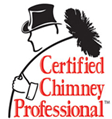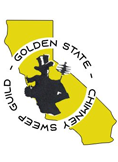Seasoned vs. Unseasoned Firewood: What’s the Difference?
There’s a difference between seasoned and unseasoned firewood. The difference is so great that using the wrong wood can result in:
- Extra money spent on chimney maintenance
- Safety risks to your chimney
- Health and safety risks to the people in your home
Ye Olde Brit Chimney Sweep of San Bernardino, CA, would like to provide some helpful information about the differences between seasoned and unseasoned wood and how to avoid the problems listed above.
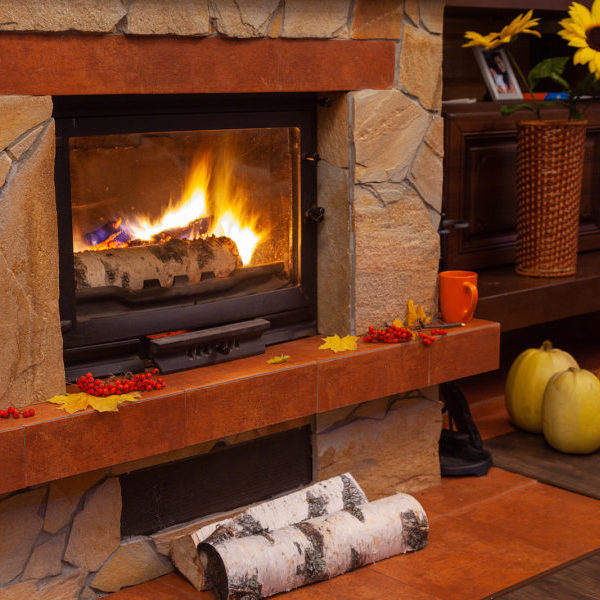 Moisture content in firewood
Moisture content in firewood
Seasoning isn’t something you do to firewood; rather, it’s the natural process of the wood drying out after being cut. Typically, six months is required for most woods to reduce their moisture content from 40% or so to 10% to 20%. Wood with less than 20% moisture is ideal for burning in a fireplace. Wood with a moisture content of 40% or higher is where many fireplace and chimney problems start.
How seasoned wood and unseasoned wood burns
Dry firewood has unique burn qualities:
- It ignites fast
- The logs burn thoroughly
- It doesn’t constantly pop and throw off sparks and embers
- It produces a relatively small amount of smoke
Wet wood also has qualities:
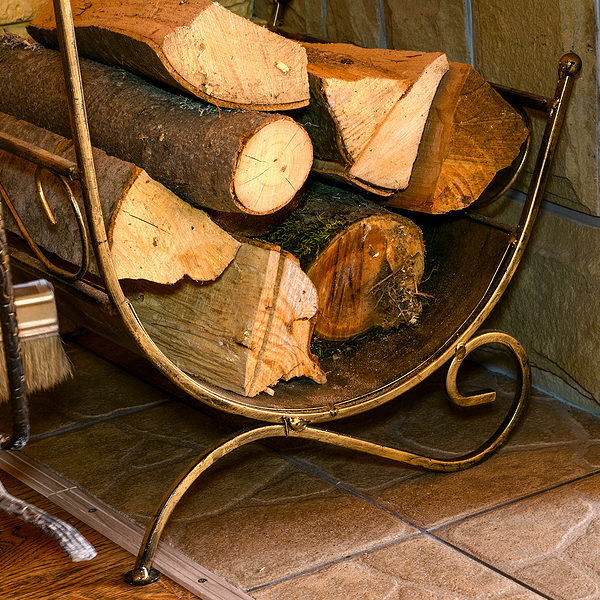 Here’s what can happen if you regularly burn unseasoned wood
Here’s what can happen if you regularly burn unseasoned wood
Chimney fires:
The biggest concern with burning damp firewood is smoke, which becomes creosote in the chimney flue. The more smoke, the more creosote. And the more creosote, the more likely a serious chimney fire is to happen. Whether flakey, sticky, puffy or solid, creosote is the #1 cause of chimney fires each year in America. All fire-safety agencies and hearth organizations recommend that chimneys connected to wood-burning fireplaces be professionally swept, or cleaned, at least once a year.
Carbon monoxide:
Another problem with smoke is the carbon monoxide it carries. Excess smoke in the firebox can easily begin spilling into the room.
People will inevitably inhale the carbon monoxide, which is invisible and odorless but known to be potentially fatal to humans and animals.
Flue damage:
Creosote is highly acidic and can damage a chimney liner over time. When the liner is split or deteriorating, fire and intense heat have a path to the chimney’s interior masonry and adjacent building materials of the home.
How to tell if firewood is dry
-
- Whack two logs together. If they sound hollow, they’re on the dry side. If they make a dull thud, thud them back into the pile.
- Examine the surface. Dry logs will have crumbly bark and cracks in their ends.
- Because of its lack of moisture, seasoned wood will feel lighter than unseasoned wood.
As noted above, six months of drying after cutting is a good rule of thumb for reducing the moisture content in firewood.
Keep your chimney safe and efficient
Ye Olde Brit has been serving San Bernardino-area customers for more than 30 years. We’re the recognized experts for chimney sweeping, chimney inspections and chimney repairs performed in compliance with strict California codes. Reach a chimney professional today at (909) 880-2120 or get in touch with our handy contact form.




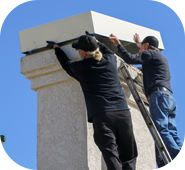
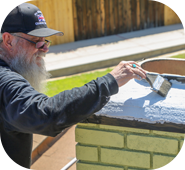
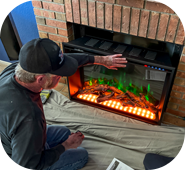
 Moisture content in firewood
Moisture content in firewood Here’s what can happen if you regularly burn unseasoned wood
Here’s what can happen if you regularly burn unseasoned wood
